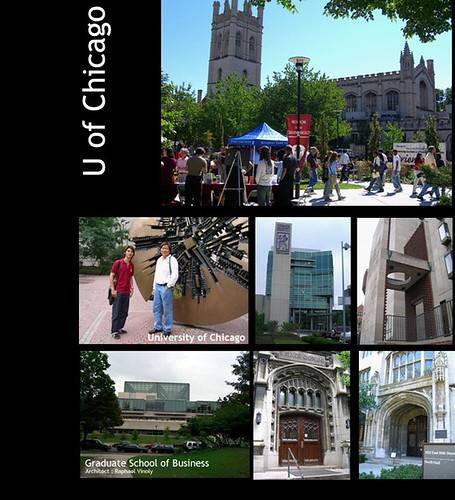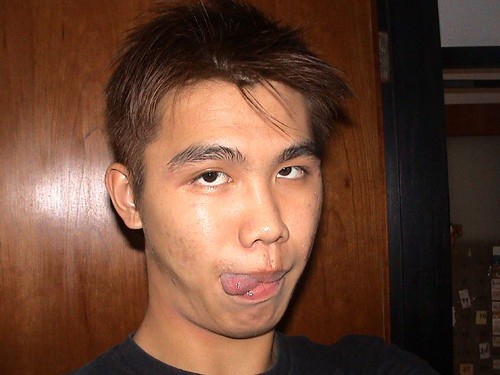Sunday, September 23, 2007
Friday, September 21, 2007
Wedding Regulations
Regulations
Wedding taboos the bride and groom should observe
1. To avoid clashing of luck, for three months before and after their wedding, the bride and groom will not attend a funeral or wake;
attend a wedding; visit a lady who is in confinement (ie within one month of giving birth).
2. If one of the parents passes away, the bride or groom has to be in mourning, the wedding will either be conducted within 100 days of the death, or postponed till 3 years (1000 days) after the death.
Note: Mourners engaging in entertainment and social activities such as weddings, birthday parties, festive visiting are considered being disrespectful to the deceased parent.
3. It is preferred that no one sleeps or sits on the bridal bed after its installation and blessing for fertility. If however, the groom needs to sleep on it before the wedding he should be accompanied by a young boy preferably born in the year of the dragon. To leave one side of the bridal bed empty is considered a curse on the health of the couple.
4. If the bride meets another bride on the wedding day their luck may clash. The matchmakers or the bestmen from the two bridal parties will exchange red packets on the couple’s behalf to neutralize the effect of the clash.
5. Bridal Veil
Traditionally, brides have been thought to be particularly vulnerable to evil spirits and many of the customs and traditions associated with weddings are to provide protection. The veil was originally worn by Roman brides. It was thought that it would disguise the bride and therefore outwit malevolent spirits.
The veil has symbolized privacy, modesty, youth and maidenhood. Moreover, veils are used to add to the final touches of a wedding dress and to frame the bride's face.
6. Wedding Bands
Wedding Bands: The neverending circle of a wedding band symbolizes eternal love by its lack of a beginning and an end. This tradition grew out of an ancient tribal custom of using circlets of grass to decorate a bride's wrist and ankles. The earliest evidence of wedding rings dates back to around 2800 B.C. in Egypt. In 860 the Roman Catholic pope (Nicholas I) declared that an engagement ring was required of all those who intended to marry; if either the man or woman later violated the vow to marry, he/she was excommunicated or banished to a nunnery. These were the times when women were thought of as property and the band was a sort of leash or band of ownership. The gold and silver commonly used for wedding bands today is derived from the customs of the Romans and Egyptians who loved precious metals and stones. And finally, the rings are worn on the third finger of the left hand because ancient cultures believed that finger had a vein running straight to the heart.
7. Flowers
Flowers have always been used for decoration at weddings.
Some people choose the flowers at the wedding on the basis of their symbolic meaning. For example orange blossom has always been associated with weddings because it signifies purity and chastity.
Peonies are avoided by some as they represent shame; azaleas represent temperance: roses symbolise love and snowdrops represent hope.
A combination of red and white flowers is avoided by the superstitious because they stand for blood and bandages.
However, people from different regions may attach other meanings to the same flower. For example lilies symbolise majesty to some but are thought unlucky by others because of their association with death.
The groom often chooses a flower for his buttonhole which also occurs in the bride's bouquet. This is a vestige of the time when a Knight would wear his Lady's colours to display his love.
8. Bridemaids - "Jie Meis"
Bridesmaids were dressed in a similar way to the bride for the same reason as the origin of veil. The bridesmaids were thought to act as decoys to confuse evil spirits and thus protect the bride. Must be single
9. Bestmans - "Brothers"
It is the best man's duty to protect the groom from bad luck. He must ensure that once the groom has began his journey to fetch his bride,does not return for any reason.
He must also arrange for the groom to carry a small mascot or charm in his pocket on the wedding day.
10. The First Purchase
It is said that the first partner who buys a new item after the wedding will be the dominant one in the relationship.
11. Shoes
Do not take off your shoes until your chinese wedding ceremony is over.
The modern custom is to remove the wedding shoes only after returning to the groom's home or bridal home after the bride's home visit to her parent's home.
12. Tea Ceremony
Traditionally teochew bride is fetched to the groom's home before daylight. If it is really too early and the groom's relatives have not arrived for the tea ceremony, the couple can have a short rest or an outdoor photo-session while waiting.
Tea ceremony for the relatives on the bride's side is usually held in the afternoon when the couple complete the "bride's home visit".
In some family, the bride (and some will choose to do so together with the groom) may serve her parents tea in the morning before she is married. When she returns for the bride's home visit, she is already a married woman.
The order of service is usually
1)parents,
2)grandparents,
3)grand-uncles and grand-aunties,
4)uncles and aunties,
5)elder brothers and sisters,
6)elder cousins
Home visit - 三朝回门
After the tea ceremony at the groom's family home, the bride will change out of her western style wedding gown. This change of clothes symbolizes the passing of three days!
The bride may choose to change into another western dress, a cheongsam or a traditional red chinese wedding gown called kwa.
For efficiency, modern chinese wedding usually compressed all the necessary events into a single dayranting
Friday, September 14, 2007
ManSter!
1. I have a small penis, according to the 500+ emails I have got from people who tout Penile Enhancing Pills.
2. My wife/gf will never be satisfied until I can "fill her up".
This is how penis enhancements work.
Why and how they work
 The penis is made up of 3 chambers, 2 large ones on top, which is your erectile tissue (Corpora Cavernosa), and 1 smaller chamber on the bottom from which you urinate and ejaculate (Corpus Spongisum).
The penis is made up of 3 chambers, 2 large ones on top, which is your erectile tissue (Corpora Cavernosa), and 1 smaller chamber on the bottom from which you urinate and ejaculate (Corpus Spongisum).
When you are sexually aroused, your brain releases a hormone causing blood to enter the penis and fill your erectile tissue (Corpora Cavernosa). The cells in the Corpora Cavernosa are filled with blood until an erection is achieved. You can have a BIGGER PENIS!
ManSter will increase the capacity limit of the Corpora Cavernosa thus allowing more blood to enter the cavern creating a longer and thicker erection. ManSter stimulates cell growth within the corpora cavernosa itself. An increase in cells allows for more blood to enter the penis making the penis larger and the erection more intense. The corpora cavernosa are the two bodies of erectile tissue on each side of the penis. ManSter is 100% natural with no known side effects. All growth is permanent.
lip
ranting







